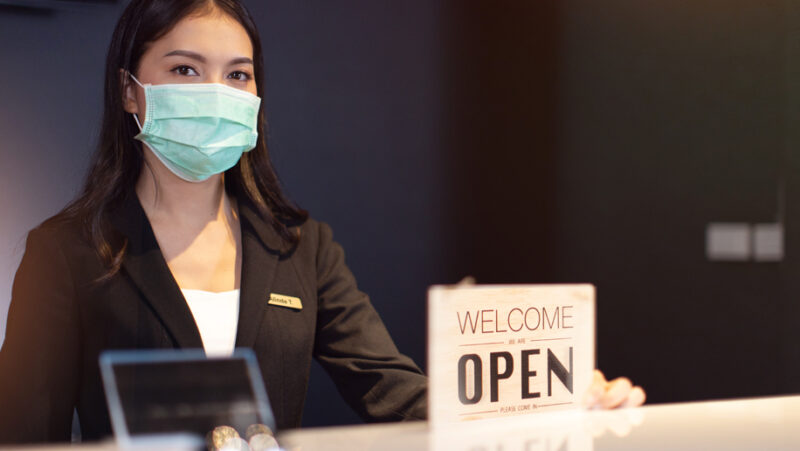US Hotel Industry Sees Highest Levels Since Pandemic Began
Holiday travel boosted numbers but occupancy is now strongest since before crisis
June 7, 2021

Boosted by the Friday and Saturday of Memorial Day weekend, US weekly hotel occupancy reached its highest level since late February 2020, according to STR’s latest data through May 29, 2021. While those results were skewed because of the holiday, the 83 percent occupancy level on the Saturday of the holiday weekend was the country’s highest since October 2019, well before the pandemic started. Weekly average daily rate (ADR) and revenue per available room (RevPAR) were boosted to pandemic-era highs as well.
For the week ending May 29, occupancy was 61.8 percent (down 4.2 percent from the same week in 2019); average daily rate was $122.06 (down 1.6 percent); and revenue per available room was $75.42 (down 5.7 percent). STR noted that while the positives around leisure demand are strong headed into the summer, the path to recovery remains a roller coaster, with a lack of business travel, both domestic and international, preventing hotels in many markets from making up more of the ground lost in 2020.

Phoenix was the only Top 25 Market to report a double-digit occupancy increase over 2019. San Francisco/San Mateo saw the steepest decline in occupancy when compared with 2019. As for daily rate marks, Miami (+52.1 percent to $250.19) posted the greatest increase over 2019, followed by Phoenix (+27.4 percent to $125.71).
Last month STR saw gross operating profit for U.S. hotels reaching 60 percentof the comparable 2019 level, according to STR‘s April 2021 monthly P&L data release. However, labor spending was up to just 64 percent in April after coming in at 60 percent the previous month.
“April was an encouraging month as more of the top-line improvement we’ve been reporting on flowed through to the bottom line,” said Raquel Ortiz, STR’s assistant director of financial performance. “On a GOP basis, 92 percent of our sample hotels were profitable, which is similar to pre-pandemic levels. Also of note, F&B venue revenue, the restaurants and bars, is recovering right in line with room revenue. Overall F&B of course continues to be bogged down by a lack of group demand and the subsequent spending on catering.”
Each of the key profitability metrics, on a per-available-room basis, came in higher in May than any month since February 2020 except for labor, which was down slightly from March.
- GOPPAR (gross operating profit per available room): $28.67
- TrevPAR (total revenue per available room): $87.34
- EBITDA PAR (Earnings Before Interest, Taxes, Depreciation, and Amortization): $14.12
- LPAR (Labor Costs): $26.76
“There is a long way to go, but if demand surges as expected this summer, we should continue to see accelerated profitability and improved margins around the industry,” Ortiz said. “Labor is the hot topic and we’ll continue to monitor that as demand increases and there is even greater competition for workers to service properties.”




